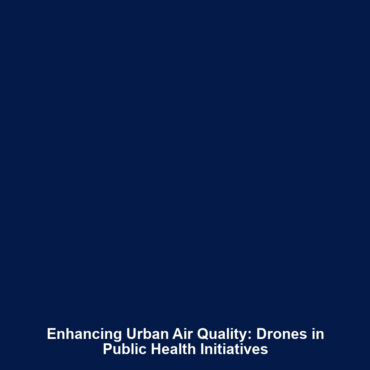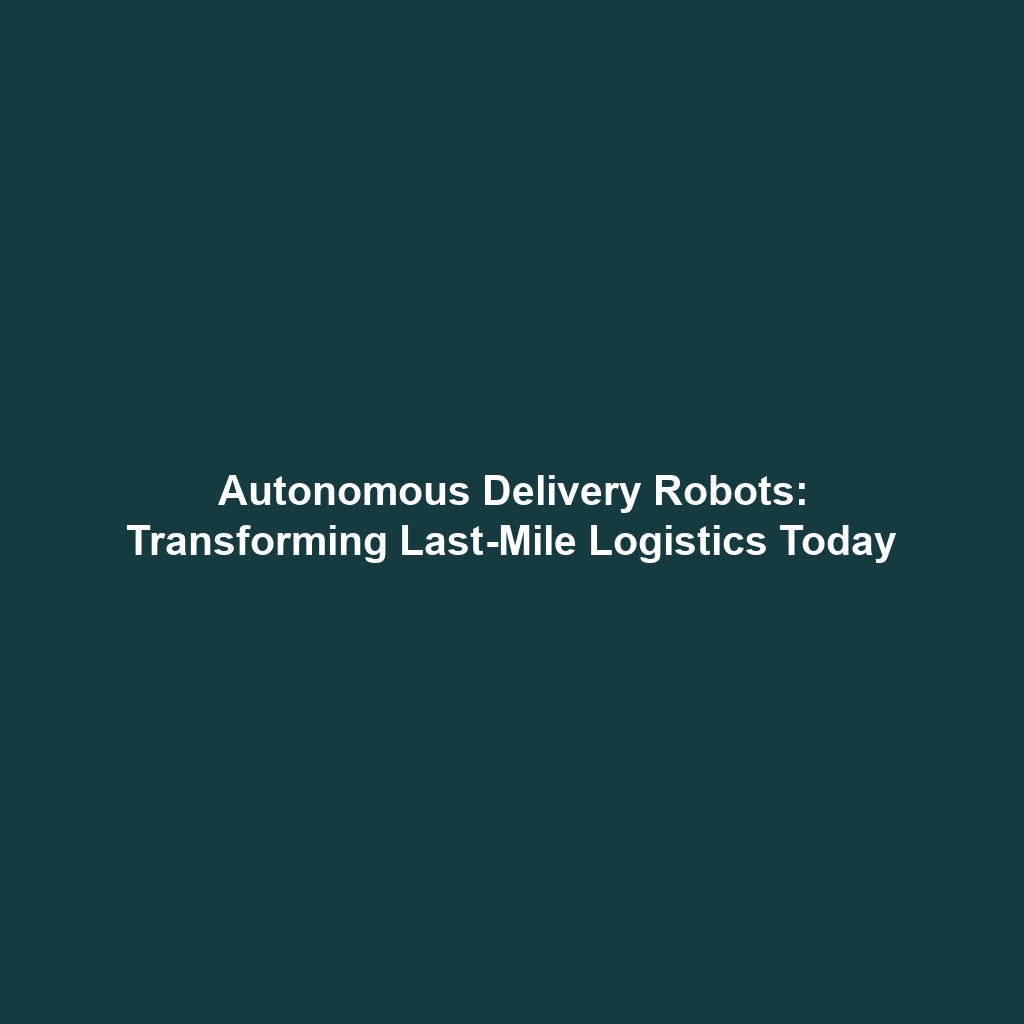The Role of Drones in Urban Air Quality Monitoring and Public Health Initiatives
Introduction
Drones have emerged as vital tools in advancing our understanding of urban air quality and enhancing public health initiatives. As cities grow and pollution levels rise, the need for effective monitoring systems becomes critical. Drones offer innovative solutions for collecting real-time data on air pollution, enabling better decision-making for public health strategies. This growing intersection of drones in science and environmental monitoring exemplifies how technology can address pressing urban challenges. In this article, we delve into the significant role that drones play in monitoring air quality and supporting public health efforts.
Key Concepts
Understanding Urban Air Quality
Urban air quality refers to the levels of pollutants present in city environments, which can significantly affect public health. Drones facilitate this monitoring by using sensors to capture data on particulate matter, carbon dioxide levels, and other hazardous substances. This data is essential for understanding pollution sources and trends, thereby informing public health policies.
Public Health Initiatives
With rising air quality concerns, public health initiatives increasingly integrate drone technology to monitor exposure levels and identify at-risk populations. This integration supports proactive measures to mitigate health risks associated with air pollution.
Applications and Real-World Uses
Drones have several noteworthy applications in urban air quality monitoring and public health initiatives:
- Real-time Data Collection: Drones equipped with advanced sensors provide immediate air quality measurements across different urban areas, facilitating timely responses from municipal authorities.
- Mapping Pollution Sources: By flying over industrial zones or congested traffic, drones can help identify specific pollution sources, enabling targeted interventions.
- Community Health Surveys: Drones are utilized to map health trends in relation to air quality, offering insights that help shape community health strategies.
Current Challenges
While the potential of drones in air quality monitoring is immense, several challenges exist:
- Regulatory Hurdles: Navigating airspace regulations can inhibit widespread drone use.
- Data Accuracy: Ensuring the accuracy and reliability of drone-collected data remains a critical concern.
- Public Acceptance: Gaining public trust in drone technology and its applications is essential for successful implementation.
Future Research and Innovations
The future of drones in urban air quality monitoring is set for significant advancements:
- Next-gen Sensors: Innovations in sensor technology promise improved sensitivity and data collection accuracy.
- Autonomous Drones: Research into autonomous operation can enhance the efficiency of air quality monitoring campaigns.
- Data Integration Platforms: Future developments may include platforms that integrate drone data with existing urban monitoring systems for comprehensive insights.
Conclusion
As urban environments continue to grapple with air quality issues, the role of drones in urban air quality monitoring becomes increasingly significant. These unmanned aerial vehicles provide critical data that informs public health initiatives and supports the creation of healthier urban spaces. For more information on this topic and related drones in science advancements, consider exploring our other articles on environmental technology and public health strategies.


